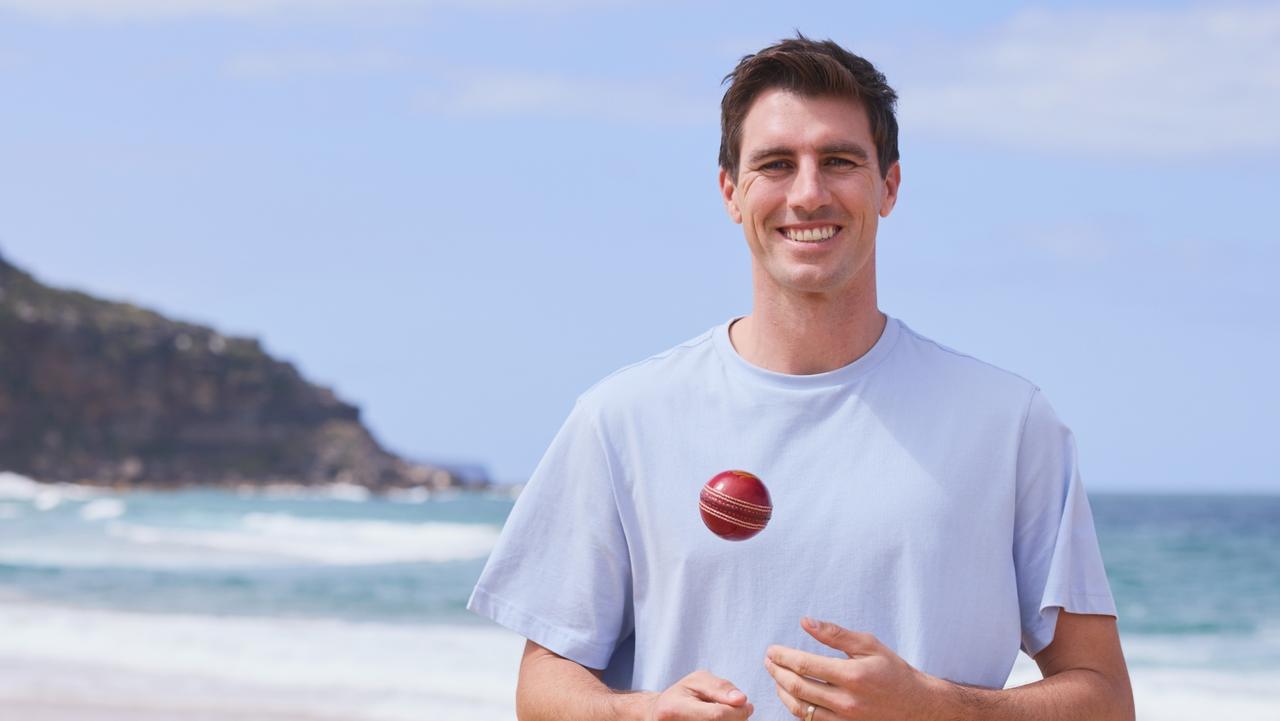Convair crash report ‘full of holes’
A report on last month’s fatal Convair crash involving two Australian pilots is full of mistakes, aviation officials say.

A South African Civil Aviation Authority report on last month’s fatal Convair crash involving two Australian pilots has been criticised as riddled with inaccuracies and “opinions” of the engineer investigators.
Retired Qantas senior check captain David Harris, who travelled to Johannesburg immediately after the crash, said the assertion one of the pilots was not “type-rated” for the Convair 340 was among a series of errors.
Other inaccuracies included the geographical co-ordinates of the crash site, the time of take-off and the investigators’ interpretation of the pilots’ communication as apparent confusion rather than standard procedure.
A licensed aircraft maintenance engineer on board the 64-year-old plane was killed when it crashed into a building outside Wonderboom Airport in Pretoria on July 10.
A total of 19 people were on the joy flight, which was being undertaken ahead of a trip to the Convair’s new home at the Aviodrome Museum in The Netherlands.
The SACAA’s preliminary report, released on August 11, said documents and licences made available to the investigation team showed only the flight captain was rated on the aircraft.
It is understood the family of the first officer did not hand over his licence to investigators following the crash, which left both pilots critically injured. But Mr Harris said it would have been easy enough for the SACAA to check the licences of the two pilots with the Australian Transport Safety Bureau or the Civil Aviation Safety Authority.
Qantas training captain Douglas Haywood has since returned to Australia for ongoing hospital treatment in Sydney, while recently retired Qantas captain Ross Kelly remains in an induced coma in Johannesburg.
Mr Harris said Australia’s aviation community was aghast at the SACAA report.
“It’s a reaction of disbelief that the investigators could get it so wrong,” he said. “These two guys are the most senior pilots in Australia. They have done everything, from training captains on the A380 to flying Mustangs and Spitfires. Everybody knows them.”
He said it was clear that although the investigators understood the technical and mechanical details of flying, they had little appreciation for the pilots’ job. “They are clearly out of their depth on this investigation,” Mr Harris said.
One of the most “scathing” findings of the preliminary report was that crew resource management was lacking, he said. “Both these guys taught CRM, which is an integral part of a multi-crew situation,” he said. “The investigators may have some training in CRM but I doubt they’ve ever had first-hand experience.”
Australian and International Pilots Association president Murray Butt said AIPA was aware of the concerns held by many in the aviation community around the accuracy of some parts of the SACAA report.
“Doug and Ross are extremely experienced aviators that have the utmost respect of their peers,” Captain Butt said.
“Conclusions shouldn’t be drawn on a preliminary report. AIPA looks forward to corrections in the final report.”
The Australian Transport Safety Bureau has provided an “accredited representative” to assist the SACAA with its investigation, and help obtain information requested by the South African investigators from involved parties in Australia. “It is not the role of ATSB to review any reports of this investigation,” an ATSB spokesman said.



